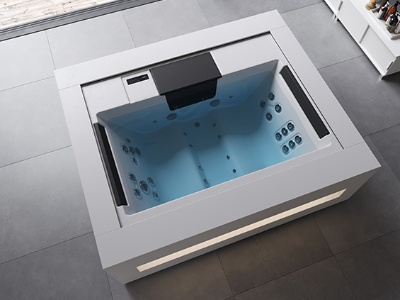
In France, the law requires owners of in-ground and semi-inground pools to secure their pools to prevent the risk of drowning, especially among young children. Given the various options available, it is essential to choose the device that best meets the legal requirements and the specific needs of each installation. Effective protection depends on choosing the right equipment and using it properly.
What are the legal requirements for pool safety?
Since the law of 3 January 2003, private swimming pools must be equipped with at least one approved safety device. This equipment must comply with the standards defined by the Association Française de Normalisation (AFNOR), guaranteeing its effectiveness in accident prevention. Failure to comply with this regulation may result in a fine of up to 45,000 euros and may render the owner liable in the event of an incident.The various approved safety devices
Four main categories of devices are recognised as complying with legal requirements:- Protective barriers (NF P90-306): These prevent access to the pool and must be at least 1.10 metres high, with a secure locking system.
- Pool alarms (NF P90-307): These detect falls or suspicious movements and trigger an audible alert to warn adults.
- Safety covers (NF P90-308): They completely cover the pool to prevent accidental immersion and must support a minimum weight of 100 kg.
- Pool enclosures (NF P90-309): Fixed or mobile structures, they completely cover the pool and prevent any intrusion when closed.
How to choose the right device for your pool?
The choice of device depends on several criteria, including the configuration of the land, the budget and aesthetic preferences. Safety barriers are ideal for physically preventing access to the pool and offer a long-lasting solution. However, they can be perceived as cumbersome or unattractive. Alarms are a more discreet alternative, but they require constant vigilance because they do not prevent access, only the fall. In addition to safety, covers and shelters have a dual function: they protect the water from impurities and limit evaporation.Selection criteria for an effective device
Before opting for a solution, it is important to evaluate:- The desired level of protection: Some solutions are safer than others. A barrier combined with an alarm guarantees optimal protection. Ease of use: A motorised cover or automatic shelter simplifies handling and ensures quick closing after each swim. Durability: The materials must be weather and moisture resistant to guarantee effective long-term protection.




